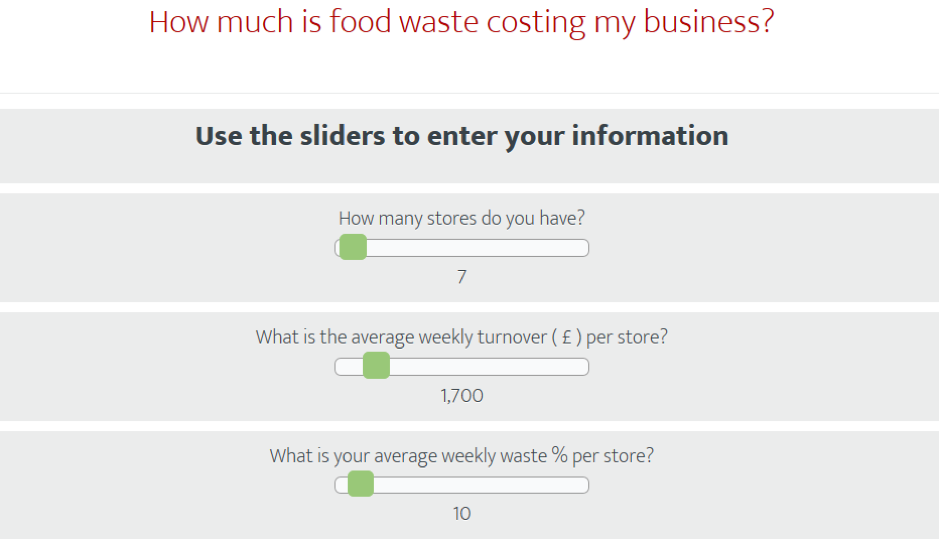Are you throwing money in the bin? Find out with our new waste calculator

As part of a wider desire for secure and sustainable food chains, consumer consciousness has turned to food waste in recent months.
Perhaps the most widely-known campaign has been Hugh’s War On Waste. Hugh Fearnley-Whittingstall’s investigation into the extent that edible food is wasted along the UK supply chain has not painted a pretty picture.
As consumers, we are told, we can all do our bit to reduce household food waste, which some estimates place as high as 8 million tonnes a year. From buying more frozen vegetables to reusing our leftovers, there are a wide variety of ways the average household can reduce its food waste. But for food businesses, the answers are not always so simple.
Strict regulation and cost considerations can often be a barrier to firms that would like to simply redistribute their useable food waste. However, other solutions are available to savvy firms looking to reduce the amount of edible food that’s heading to the bin.
What Is Spoilage Costing Your Business?
Over on our InStore website, we’ve just posted a waste calculator that can help you work out how much your operation is wasting and how much money you could save by tackling it. You can use it here or click on the screenshot below.
Business waste initiative Plate2Planet estimates that wasted food costs the hospitality and foodservice sector £2.5 billion each year, of which around 75% is edible.
There are a number of steps that businesses can take to reduce this figure. Firstly, it is suggested that addressing the language we use when referring to unsold food will help change attitudes toward “waste”.
Last month, some of the CyBake team visited the Food Matters Live where this approach was advocated by Mark Game of Company Shop (an initiative that redistributes edible food waste to the disadvantaged and vulnerable) and Peter Hajipieris, director of corporate social responsibility for Iglo.
Both suggested that terms like “surplus food”, or “food resources” are more helpful. Even waste reduction expert WRAP focuses on using phrases like “resource efficiency” when discussing waste reduction for businesses.
Wasted Potential
Changing language and attitudes is all well and good, but to reduce edible food waste (or, if you prefer, maximise our food resources) hard action is needed all along the supply chain.
As many food businesses know, this is easier said than done. Waste is built into any food business model, partly due to consumer attitudes. Studies have shown that customers are less likely to buy the last item on a shelf, as they tend to assume ‘something may be wrong with it’.
Though many retailers have a good understanding of their products and customer preferences, they are still left with unsold stock at the end of each day, leading to edible food being thrown away.
Worse still, by attempting to reduce waste by producing or ordering less, businesses face running out of products (just after the lunch rush, for example), costing them sales. If waste is going to be reduced, and food businesses are to survive this process, it is important that a balance be struck between cutting waste, and ensuring that shelves are full enough.
Savvy food retailers are focusing on production in order to reduce their environmental impact and increase their bottom line by wasting less. The key method they are turning to is automated sales-based ordering; using computer algorithms to generate sales forecasts.
Automated sales-based ordering uses calculations that are not practical to perform manually and take into account several factors when generating a suggested order. Users of these systems can quickly submit accurate predictions of future sales and ensure that shelves are always full of customers’ favourite products, while reducing waste within set tolerances.
CyBake InStore is the new automated ordering solution from RedBlack Software. It will be released in early 2016.If you would like to talk about how automated sales-based ordering can help your business, please get in touch.



